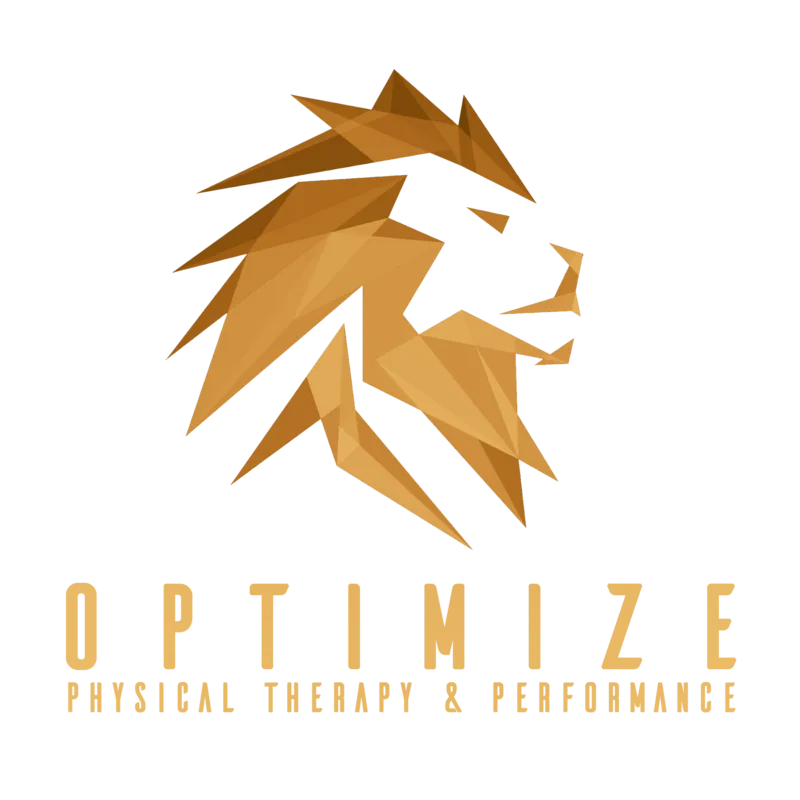Chronic back pain and sciatica are common conditions that can significantly impact your daily life. Whether the pain stems from a herniated disc, spinal stenosis, or muscle imbalances, physical therapy is a proven method to reduce pain, improve function, and prevent future flare-ups. At PT-360 Sports and Spine Therapy in Portland, OR, we specialize in targeted physical therapy exercises that are customized to address the root cause of your back pain and sciatica.
Understanding Back Pain and Sciatica
Back pain can arise from various conditions, such as muscle strains, degenerative disc disease, or spinal injuries. Sciatica is a specific type of pain that radiates along the path of the sciatic nerve, which runs from your lower back down through your hips and legs. It often occurs when a herniated disc, bone spur, or spinal stenosis compresses part of the nerve, causing inflammation, pain, and sometimes numbness in the affected leg.
For both back pain and sciatica, physical therapy offers effective, non-invasive treatment options that target the underlying causes and help restore function.
How Physical Therapy Treats Back Pain and Sciatica
At PT-360, our physical therapists use a combination of techniques, including manual therapy and targeted exercises, to alleviate pain, improve mobility, and prevent recurrences. Here’s how targeted physical therapy exercises can help manage back pain and sciatica:
- Strengthening Core Muscles
A strong core is essential for supporting the spine and maintaining proper posture. Weak abdominal and back muscles can lead to poor alignment, increasing the risk of injury and pain. Targeted core strengthening exercises help stabilize the spine, reduce pressure on the lower back, and alleviate pain. Exercises like planks, bridges, and pelvic tilts are commonly used to build core strength and improve spinal support. - Stretching Tight Muscles
Tight muscles in the lower back, hips, and legs can contribute to back pain and sciatica by placing additional strain on the spine. Stretching exercises target areas such as the hamstrings, hip flexors, and piriformis to relieve tension, improve flexibility, and reduce pressure on the sciatic nerve. Stretching also promotes better posture and prevents muscle imbalances, which can exacerbate pain. - Improving Posture and Alignment
Poor posture is a leading contributor to chronic back pain. Our therapists work with you to correct posture issues, such as slouching or misalignment, which place undue stress on the spine. Through exercises and ergonomic adjustments, we help you develop better postural habits that reduce strain and prevent future back pain. - Restoring Mobility and Flexibility
Restricted mobility in the spine and hips can contribute to back pain and sciatica. Our physical therapists guide you through mobility exercises designed to increase the range of motion in the spine, hips, and legs. By improving flexibility and joint mobility, these exercises help reduce stiffness, alleviate pain, and enhance overall function. - Manual Therapy for Pain Relief
In addition to exercises, manual therapy techniques such as spinal mobilization and soft tissue massage are used to relieve muscle tension, reduce inflammation, and improve circulation. Manual therapy helps to create a pain-free environment, allowing you to engage in more active exercises without discomfort.
Targeted Exercises for Managing Back Pain and Sciatica
- McKenzie Exercises
McKenzie exercises are commonly used to treat sciatica and back pain caused by disc issues. These exercises involve specific movements that help centralize the pain, reducing symptoms that radiate down the leg. McKenzie extensions, for example, help alleviate pressure on the sciatic nerve by promoting proper spinal alignment. - Cat-Cow Stretch
The cat-cow stretch is a gentle way to increase flexibility in the spine and reduce tension in the lower back. This exercise helps mobilize the spine through a fluid range of motion, promoting better posture and relieving pain caused by muscle tightness. - Bird Dog
The bird dog exercise strengthens the core, lower back, and glutes, all of which are essential for spinal stability. By improving balance and coordination, the bird dog helps prevent muscle imbalances that can contribute to back pain. - Piriformis Stretch
For those with sciatica, the piriformis muscle can become tight and irritate the sciatic nerve. The piriformis stretch targets this muscle to reduce tension and relieve nerve compression, helping to alleviate pain that radiates down the leg.
Benefits of Physical Therapy for Back Pain and Sciatica
Physical therapy offers several benefits for individuals dealing with back pain and sciatica, including:
- Pain Relief Without Medication: Physical therapy focuses on reducing pain through natural methods such as exercise, stretching, and manual therapy, avoiding the need for long-term medication use.
- Personalized Treatment Plans: At PT-360, we tailor your therapy to your specific condition and needs, ensuring that you receive the most effective treatment for your pain.
- Improved Function and Mobility: Strengthening and flexibility exercises help restore normal movement, allowing you to return to your daily activities with less pain and greater ease.
- Prevention of Future Injuries: Physical therapy not only treats your current pain but also helps prevent future episodes by improving your posture, strength, and flexibility.
When to Seek Physical Therapy for Back Pain and Sciatica
If you’ve been experiencing persistent back pain or sciatica, it’s important to seek professional help. Physical therapy can be particularly beneficial if:
- Your pain has lasted for more than a few weeks.
- You experience pain that radiates down your leg (sciatica).
- Your back pain interferes with daily activities or sleep.
- You want to avoid or recover from back surgery.
At PT-360, our experienced physical therapists will conduct a comprehensive evaluation to identify the root cause of your pain and develop a personalized treatment plan to address your specific needs.
Conclusion
Managing back pain and sciatica doesn’t have to mean relying on medication or living with discomfort. With targeted physical therapy exercises and expert guidance from the team at PT-360 in Portland, you can find relief from pain, improve your mobility, and prevent future injuries. Contact PT-360 today to schedule an appointment and take the first step toward a pain-free life.
FAQs on Managing Back Pain and Sciatica with Physical Therapy
- How long does it take to see results from physical therapy for back pain?
Most patients notice improvements within a few weeks of consistent therapy, though the timeline varies depending on the severity of the condition. - Can physical therapy cure sciatica?
While physical therapy can’t always cure the underlying cause of sciatica, it can significantly reduce pain, improve function, and prevent flare-ups. - What exercises help with sciatica?
Exercises like the McKenzie extension, piriformis stretch, and bird dog can help alleviate sciatica symptoms by improving posture and reducing nerve compression. - Is physical therapy effective for chronic back pain?
Yes, physical therapy is one of the most effective treatments for chronic back pain, focusing on addressing the root cause and preventing recurrences. - Can physical therapy help prevent back surgery?
In many cases, physical therapy can help patients avoid surgery by improving strength, mobility, and reducing pain naturally.


